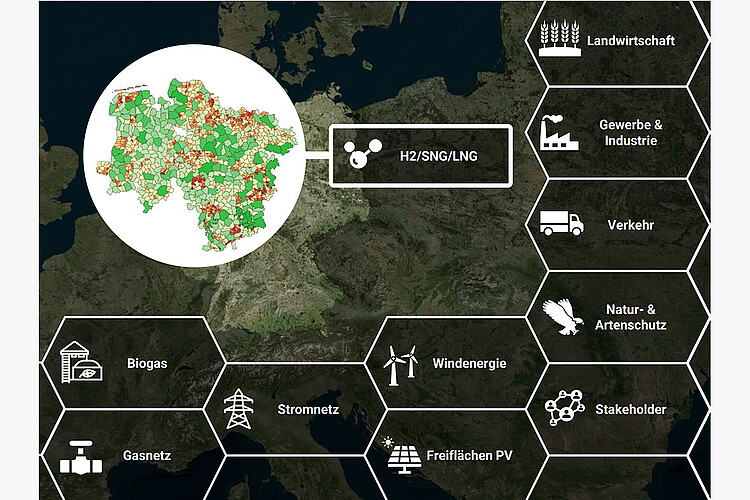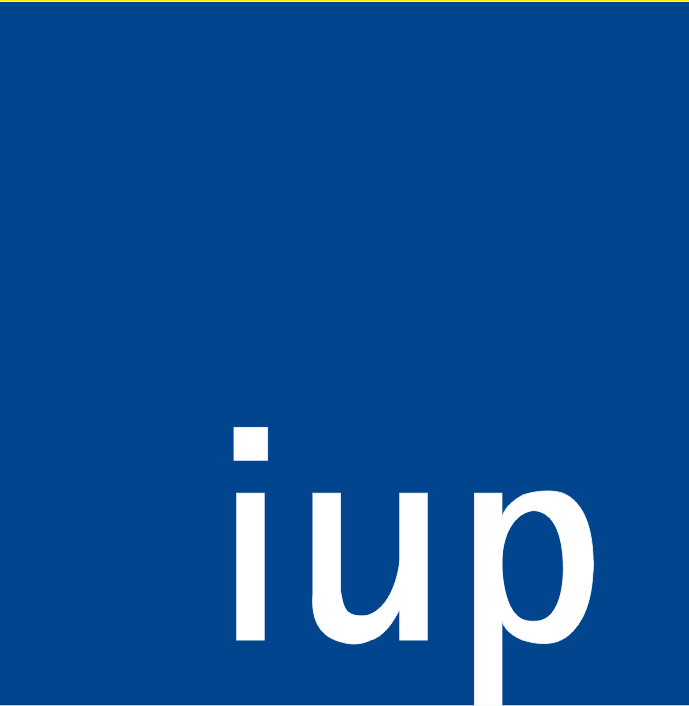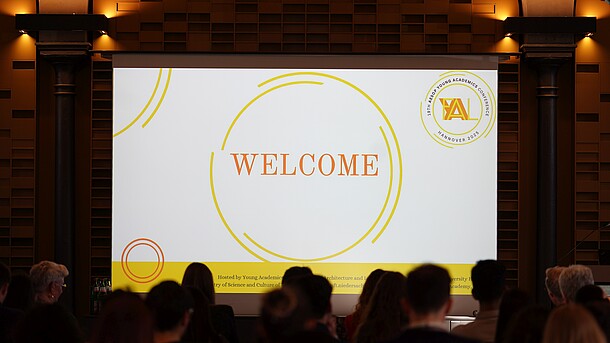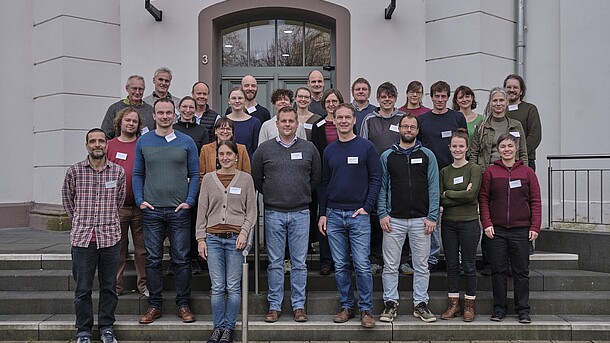H2-FEE - Flexible energy carriers for the energy transition: Open-WebGIS for the digital analysis of PtG potentials at decentralized energy locations in Germany using the example of Lower Saxony.

| Led by: | Prof. Dr. Jochen Hack |
| Team: | Mareike Plinke, M.Sc. |
| Year: | 2025 |
| Funding: | Investitions- und Förderbank Niedersachsen (NBank) - Amount of funding: 704.503,34 Euro |
| Duration: | 07/01/2022 to 06/30/2025 |
| Remarks: | Cooperation partners: Institute of Solid State Physics, EnergieSynergie GmbH, Nefino GmbH |
Abstract
Green hydrogen and other green energy sources are elementary for achieving the goal of a climate-neutral Federal Republic of Germany by 2045. The development of a hydrogen economy holds great opportunities for the location of Lower Saxony. There is a considerable need for consulting in the field of H2, especially for small and medium-sized enterprises (SMEs) and municipalities in rural areas. H2-FEE deals with the question of how SMEs and rural areas can be supported in profitably establishing a green hydrogen economy. How do the partners benefit economically and which key elements are necessary for this?
In this context, the project partners Nefino, EnergieSynergie the Institute of Solid State Physics and the Institute of Environmental Planning are developing innovative concepts and a custom-fit GIS-based service. This should support small, decentralized actors in Lower Saxony in the development of green hydrogen-based business models.
The Institute of Environmental Planning is primarily concerned with analyzing optimal locations for wind turbines and solar power plants as well as identifying nature- and agriculture-friendly locations for green power-to-gas plants in Lower Saxony. Based on a spatial overlay, the integration of economically reasonable locations into the WebGIS application takes place. Reuse options for the cultivation of energy crops and the economic impact of a change in use are also being examined. It will be possible to consider the perspective of different stakeholders on land use when developing business models for SMEs.





